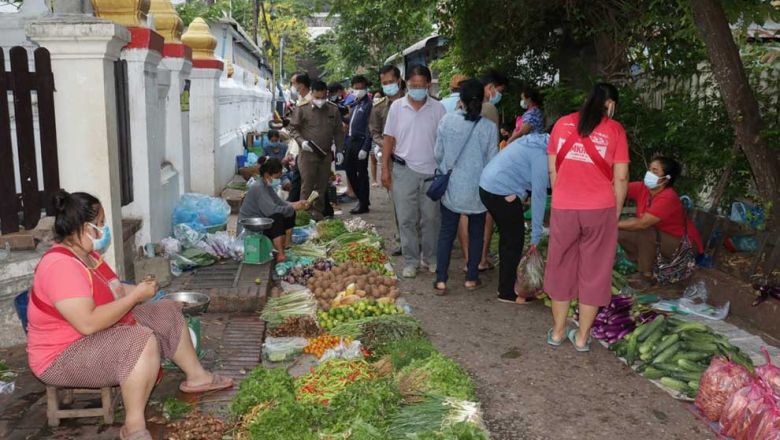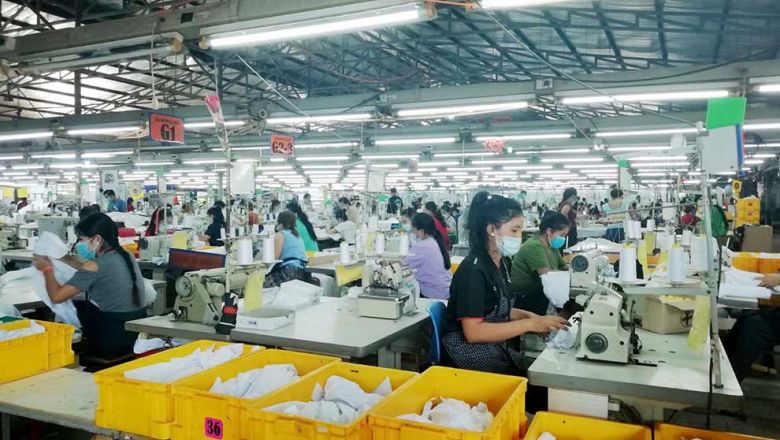Inflation rate drops in February
Inflation rate drops in February
The inflation rate in Laos dropped in February amid strong complaints by the public regarding the rising cost of living.
According to the Bank of the Lao PDR, the Consumer Price Index in January stood at 102.49 with the inflation rate at 2.27 percent.
The figure decreased to 1.67 percent in February but was still higher than the 1.44 percent point recorded in the same period last year.
Inflation in Laos was driven mainly by the food and non-alcohol drink category and rising prices of fuel, according to local economists.
Since last year, the government has tried to impose stronger measures to manage product prices in markets to ensure vendors do not take advantage of the higher salary paid to state officials by raising their prices.
Dr Mana Southichak is an independent economist who has done a lot of research for the government, international organisations and private companies.
Dr Mana said it was common for inflation to be high in December due to the rise in demand for products and the following slump in January.
�Inflation is also relatively high over Lao New Year due to the long holiday and the high demand for food and drink,� he added.
Lao New Year falls in the middle of April and during this period people consume a lot of food and drink, sparking a surge in demand.
Inflation is typically low in many countries due to global competition, driving product prices down. Additionally, falling international commodity prices have contributed to lower inflation in the region.
Typically, the inflation rate in Laos is lower than the economic growth rate which was recorded at 6.9 percent.
Economists attribute the slowdown of the Lao economy to the slow recovery of the global economy and uncertainty over the trade policies of many countries.
In Thailand, February's year-on-year inflation rate was 1.44 percent, and 0.04 percent month on month, according to the Nation.
Inflation was driven mainly by higher prices of fuel and cooking gas, as well as some foods. In the first two months of 2017, consumer confidence increased by 1.49 percent.
In Vietnam, the consumer price inflation eased notably in February to 0.8 percent year-on-year from 2.5 percent year-on-year in January, underpinned by sharply lower food prices following the end of the Lunar New Year holiday.
But the Producer Price Index (PPI) rose further to 7.8 percent year-on-year in February, driven by coal mining and heavy industries, according to a China Daily report.
The report stated that China's economic growth picked up in the first two months, reflecting stronger investment and exports as well as restocking in industry, even as consumption growth eased.
China now expected GDP growth to slow to 6.5 percent this year, up from 6.3 percent before.
















